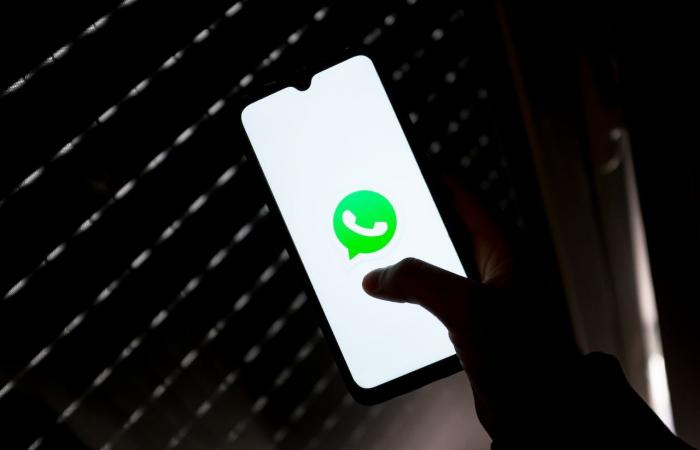WhatsApp has begun the deployment of a function that blocks the screenshot of profile photos of other contacts on devices with the iOS operating system, with an interface indicating that it is not possible to execute this action.
The company has been working on this functionality for months, which is part of the section of available options focused on reinforcing security and privacy protection on the platform, among which the option to silence calls from strangers stands out.
Although WhatsApp eliminated the option that allowed users to save other people’s profile photos a few years ago, it was possible to take screenshots of profile photos. In this way, images could be obtained and shared without the consent or knowledge of these contacts, violating this security premise.
The platform owned by Meta would have begun to implement this same function in iOS and this has been confirmed by WABetaInfo in the latest beta update for this OS 12.24.10.74, available through TestFlight.
When the application detects that the user wants to take a screenshot of a profile photo, it will display a notification indicating that it has blocked this action “to protect the privacy of everyone on WhatsApp.”
This functionality is only available to some beta testers who install this messaging service update, so it is expected to be rolled out to more users in the coming days.
These are the signs that could indicate that you were impersonated on WhatsApp
Detecting malicious messages on WhatsApp is crucial to protect our security and privacy. As WhatsApp has gained popularity, the number of fraudulent and dangerous messages has also increased, with numerous cases of cybercrime.
Unknown or suspicious sender– Receiving messages from unknown or suspicious senders is a red flag. If the user does not know the sender or is not in their contact list, they should be on their guard. Scammers often use fake accounts to obtain personal or financial information.
Grammatical and spelling errors– Malicious messages often have obvious grammatical and spelling errors. These errors may indicate that the message is coming from criminals with limited language proficiency. It is important to pay attention to these signs, as they may be scam or deception attempts.
Alarming or urgent content– Malicious messages may use fear or urgency tactics to manipulate recipients. These messages may contain false threats, alarming news or alleged problems with bank accounts or online services, with the aim of generating panic or impulsive decisions. Before reacting, verify information with reliable sources.
Suspicious links or unsolicited attachments– Links and attachments in malicious messages can distribute malware, viruses, or phishing. If you receive a message with an unknown or suspicious link, avoid clicking on it. Also be wary of unsolicited attachments, especially from unknown senders, as they may contain malicious software that compromises the security of your device.
*With information from Europa Press.







